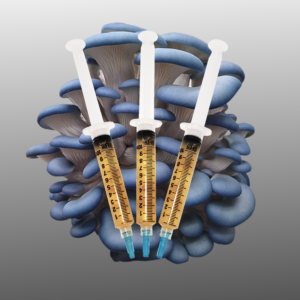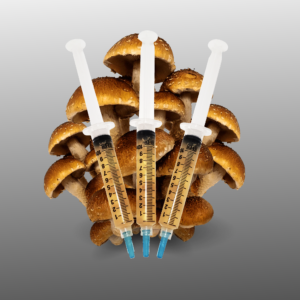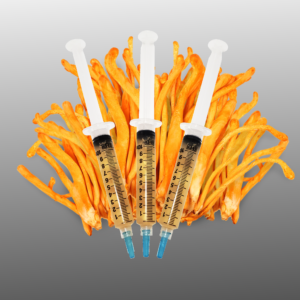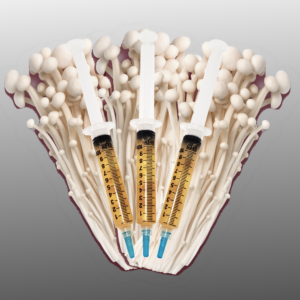In the intricate tapestry of nature, some of the most fascinating and uncanny relationships unfold. One such example is the dance between certain species of Cordyceps fungi and ants. Cordyceps, a genus of parasitic fungi, has evolved in a way that exploits ants as hosts, leading to a captivating and often fatal interaction. In this article, we will explore the biology and behavior of the Cordyceps species that target ants, shedding light on this remarkable natural phenomenon.
Cordyceps and Ants: A Deadly Affair:
The Cordyceps species that infect ants belong to a group known as entomopathogenic fungi, meaning they specialize in attacking and killing insects. Once a Cordyceps fungus successfully infects an ant, it manipulates the ant’s behavior, turning it into a unwitting host for the fungus’s reproductive cycle.
Species Spotlight: Ophiocordyceps unilateralis
One of the most well-known species in this category is Ophiocordyceps unilateralis. Native to tropical rainforests, this fungus targets specific ant species, such as Camponotini tribe ants. The life cycle of O. unilateralis involves a series of intricate steps that lead to the eventual demise of the ant host.
Infection Process: The Silent Takeover
- Attachment: The Cordyceps spores attach themselves to the ant, often penetrating the exoskeleton.
- Invasion: The fungus infiltrates the ant’s body, taking control of its nervous system.
- Behavioral Manipulation: Once in control, the fungus compels the ant to leave its colony and climb vegetation. This behavior is crucial for the fungus’s reproductive strategy.
- Death Grip: The infected ant, driven by the fungus, bites down on a leaf or twig and dies in a position that optimally exposes the fungal spore capsule to the environment.
Reproductive Strategy: A Deadly Bloom
After the ant succumbs to the fungus, a stalk-like structure emerges from the back of the ant’s head. This stalk contains the spore capsule, from which countless spores are released into the environment. These spores fall to the ground, potentially infecting other unsuspecting ants and continuing the life cycle of the Cordyceps fungus.
Implications and Research:
The intricate relationship between Cordyceps and ants has not only captured the attention of researchers but also serves as a model system for studying host-parasite interactions and fungal ecology. Understanding the mechanisms by which the fungus manipulates ant behavior may have implications for the control of insect pests and could potentially inspire novel strategies for pest management.
Conclusion:
Nature, with its beauty and brutality, never ceases to amaze. The interaction between Cordyceps fungi and ants exemplifies the delicate balance of life and death in the natural world. While the Cordyceps infection may be fatal for individual ants, it plays a crucial role in the broader ecosystem, showcasing the complexity and interconnectedness of life on Earth. As scientists delve deeper into this fascinating relationship, we continue to uncover the mysteries of the intricate dance between fungi and their unsuspecting hosts.
-
100 Pack -18Ga 1.5inch(38mm) Dispensing Needles with Luer Lock, Individually Packaged
-
10ml Luer Lock Tip Syringes (No Needle) – Sterile, Individually Wrapped – 100 Syringes
-
30 Pack Plastic Petri Dishes with Lids, 90 x 15mm
-
6-Inch Sterile Cotton Tipped Applicators 1 Box of 100 Pouches, 1 per Pouch
-
Agar Agar Powder, 1lb
-
Blue Oyster Liquid Culture
-
Chestnut Mushroom Liquid Culture
-
Cordyceps militaris Liquid Culture
-
Enoki Mushroom Liquid Culture










